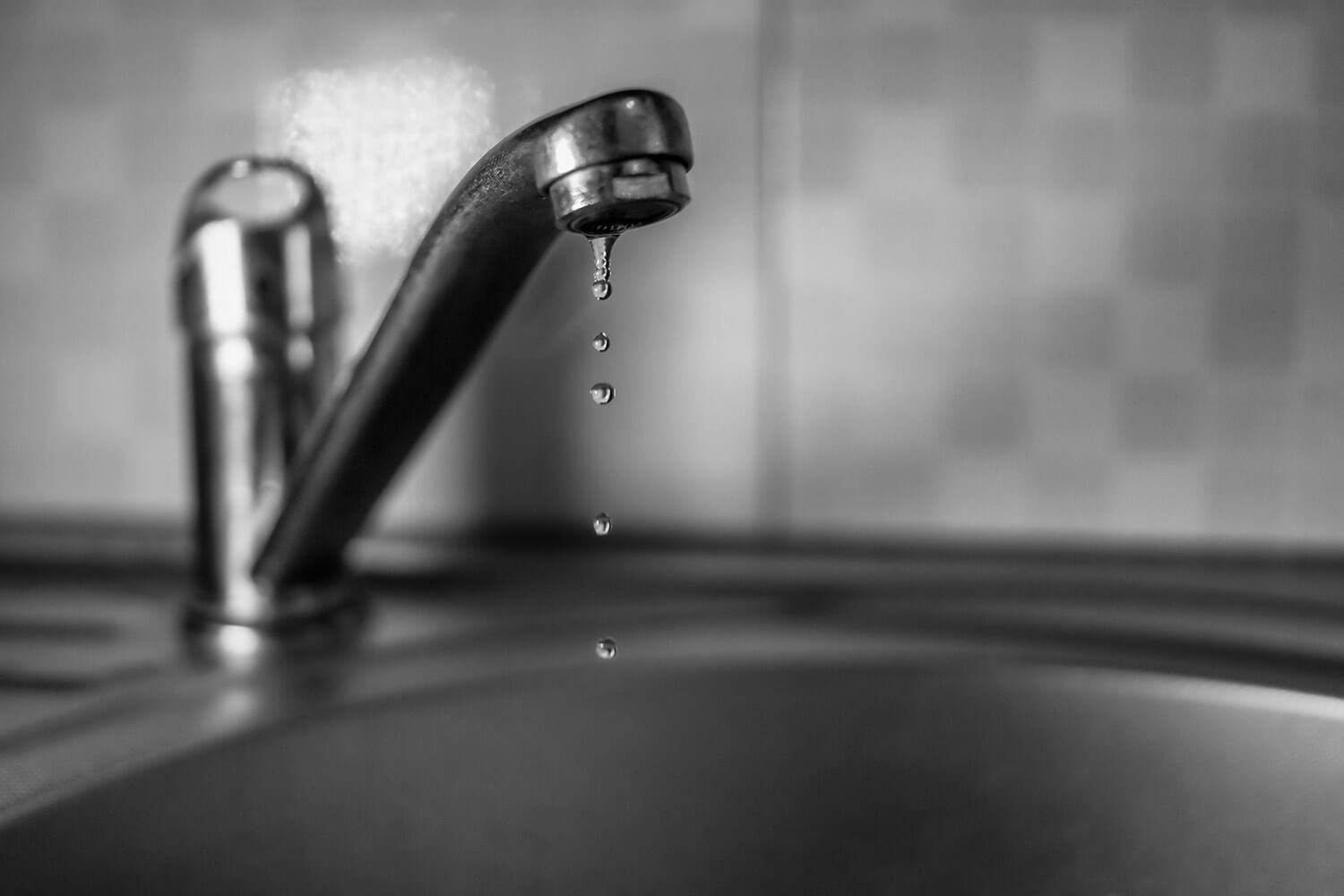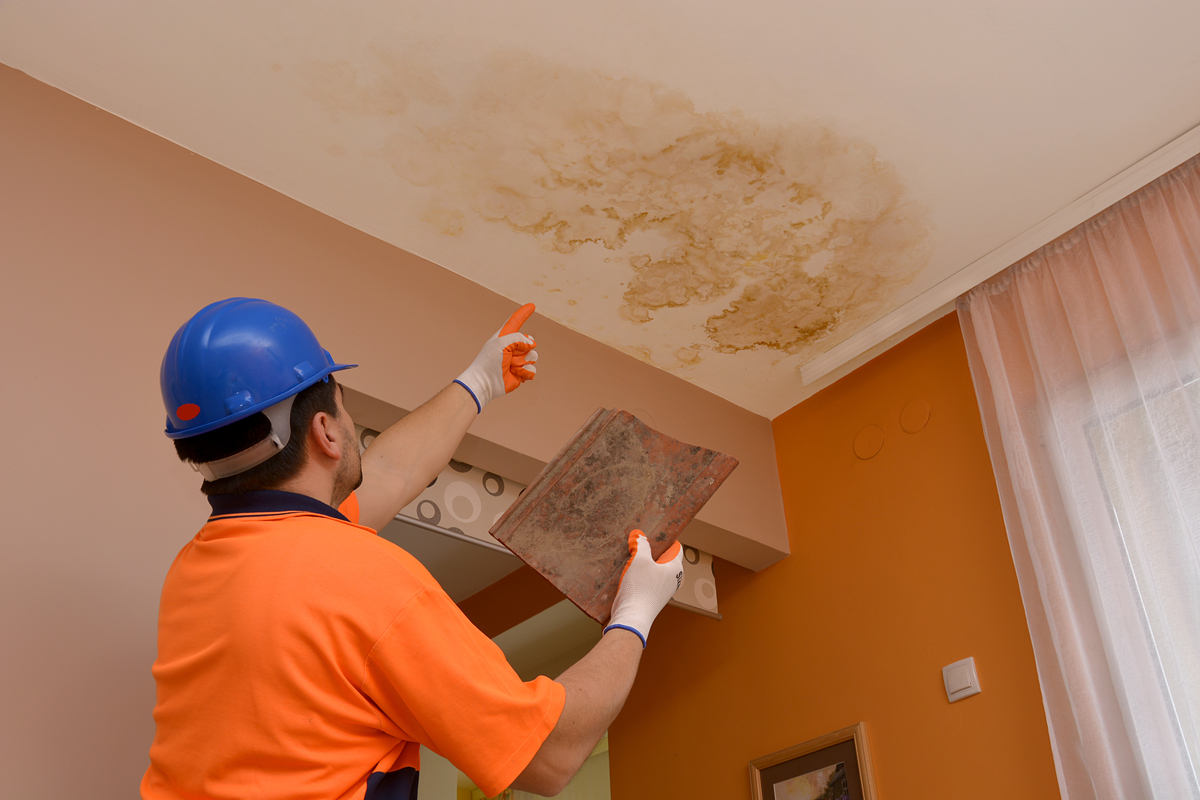Uncover the Most Frequent Origins of Leakage Inside The Home
Uncover the Most Frequent Origins of Leakage Inside The Home
Blog Article
The author is making a number of great pointers relating to Most Common Causes of Leaky Pipes in general in this great article beneath.

Leaks not only cause waste of water but can additionally trigger unnecessary damage to your house and advertise undesirable organic growth. Unfortunately, water leaks might go unnoticed since most of the pipework in our residence is concealed. By looking as well as understanding for everyday situations that cause leakages, you can shield your residence from future leaks as well as unnecessary damages. Today, we will certainly check out six leak causes that might be triggering your pipelines to trickle.
Intruding origins
Many water leakages start outside the home rather than inside it. You might discover damp patches or sinkholes in your lawn, and that may mean that tree roots are attacking water lines causing water to permeate out.
Corroded water systems
This could be the reason of discoloration or bending on your water pipelines. If our plumbing system is old, take into consideration replacing the pipelines given that they are at a higher risk of rust than the more recent versions.
Faulty Pipeline Joints
The factor at which your pipes link is often the weakest web link in the waterline. Pipeline joints can wear away in time, resulting in water leaks. The majority of pipe joints are not easily visible. If you have noisy pipes that make ticking or banging noises, especially when the hot water is turned on, your pipeline joints are probably under a lot of pressure. It is advisable to have your plumber examine your system annually.
Instant temperature modifications.
Extreme temperature level adjustments in our pipelines can trigger them to broaden and contract suddenly. This development as well as contraction may create fractures in the pipes, especially if the temperature are below freezing. It would be best if you kept an eye on just how your plumbing functions. The visibility of the formerly pointed out scenarios often indicates a high risk.
Poor Water Connectors
At times, a leak can be created by loose pipes and pipes that provide your devices. In instance of a water connections leakage, you may observe water running directly from the supply line or pools around your home appliances.
Blocked Drains
Clogged drains may be frustrating and inconveniencing, however they can sometimes wind up creating an overflow causing burst pipelines. Keep eliminating any kind of materials that may go down your drains pipes that can clog them to prevent such inconveniences.
All the above are reasons for leakages however not all water leakages result from plumbing leaks; some leaks may originate from roof covering leaks. All leaks must be fixed instantly to stay clear of water damage.
Leaks not only trigger waste of water but can likewise trigger unneeded damages to your home and promote undesirable natural development. By recognizing and looking for daily circumstances that create leakages, you can safeguard your house from future leakages as well as unneeded damages. Today, we will certainly look at six leakage creates that may be triggering your pipelines to leak.
At times, a leakage can be triggered by loosened pipes and pipes that provide your appliances. In case of a water connections leak, you might notice water running directly from the supply line or pools around your appliances.
How To Check For Water Leak In Your Home
How To Check for Leaks
The average household's leaks can account for nearly 10,000 gallons of water wasted every year and ten percent of homes have leaks that waste 90 gallons or more per day. Common types of leaks found in the home are worn toilet flappers, dripping faucets, and other leaking valves. These types of leaks are often easy to fix, requiring only a few tools and hardware that can pay for themselves in water savings. Fixing easily corrected household water leaks can save homeowners about 10 percent on their water bills.
To check for leaks in your home, you first need to determine whether you're wasting water and then identify the source of the leak. Here are some tips for finding leaks:
Take a look at your water usage during a colder month, such as January or February. If a family of four exceeds 12,000 gallons per month, there are serious leaks.
Check your water meter before and after a two-hour period when no water is being used. If the meter changes at all, you probably have a leak.
Identify toilet leaks by placing a drop of food coloring in the toilet tank. If any color shows up in the bowl after 10 minutes, you have a leak. (Be sure to flush immediately after the experiment to avoid staining the tank.)
Examine faucet gaskets and pipe fittings for any water on the outside of the pipe to check for surface leaks.
Undetected water leaks can happen without the home or business owner even realizing. If you suspect a water leak, but not able to find the source. It is time to contact a professional water leak detection service, The Leak Doctor.
How To Find a Water Leak In Your Home
https://www.leakdoctor.com/blog/How-To-Check-For-Water-Leak-In-Your-Home_AE197.html

I was brought to that article on How to detect water leaks in your home through an acquaintance on another blog. Appreciated our article? Please share it. Let others discover it. Thank you for going through it.
Resolve plumbing disruptions with experts. Report this page